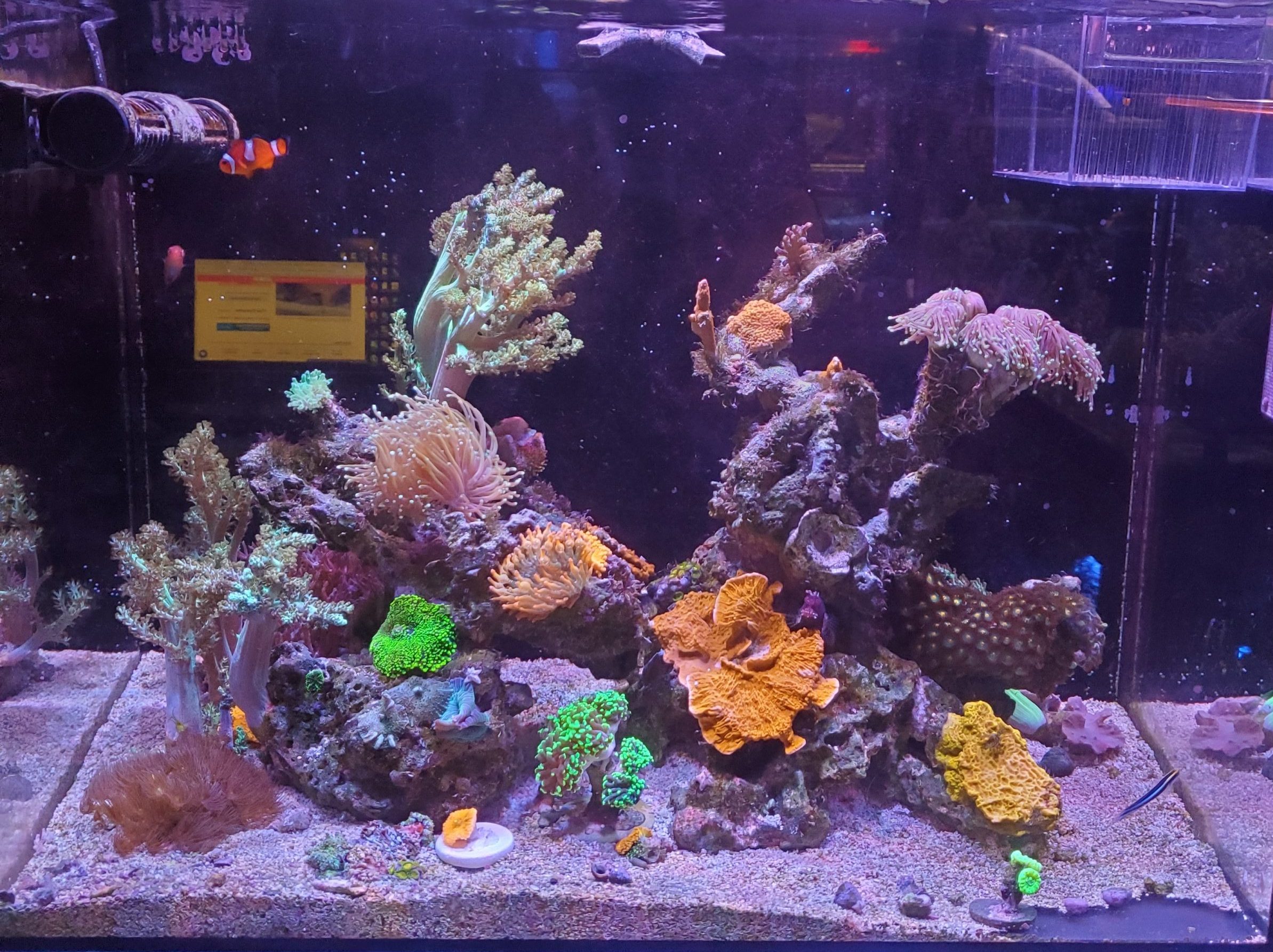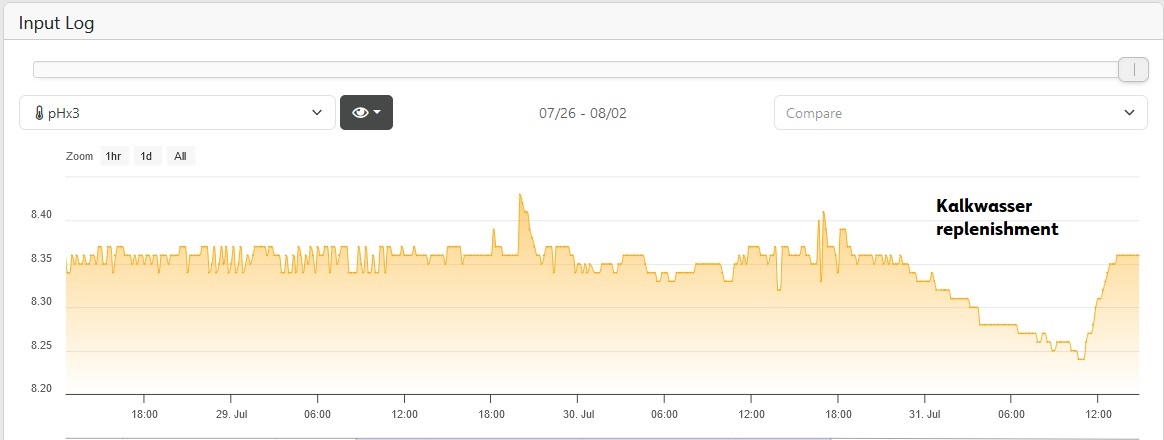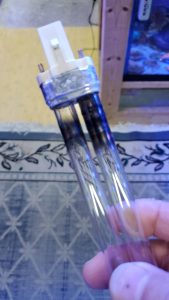[ad_1]
 Preface: This Reef Mentoring article series is to document my recommendations to a hobbyist I have been mentoring. I am basically building a reef tank with his setup in my house and maintaining it for a year with weekly hands-on sessions.
Preface: This Reef Mentoring article series is to document my recommendations to a hobbyist I have been mentoring. I am basically building a reef tank with his setup in my house and maintaining it for a year with weekly hands-on sessions.
We have reached the 10 month update for this Reef Mentoring WaterBox 30.2 system. The original agreement was to guide, document, establish, and maintain this system for 1 year. Once the client is able to re-home the system we will summarize the lessons learned and actions to move forward with.
I definitely enjoyed setting up a completely independent system. This activity re-affirmed to me which of my practices were successful and which needed improvements. Learning is best achieved by practice, and you can keep that knowledge up to date by understanding the latest successful techniques. This system allowed me to focus on the typical entry setup, which are usually limited in stability due to total water volume. My personal 8-tank system has the advantage of 510 gallons of total water volume to help minimize large swings in parameters, but that has its own trials and tribulations. It is a hybrid system that is a unique case of Multi-Tank Syndrome: it has volume stability but not quite the same as that of a large single tank system of the same volume.
Having experience on multiple types of systems is the best classroom for me. This is another reason why your local fish store (LFS), especially those that provide a successful maintenance service, are a great resource since they set up and maintain all sizes and types of systems. The experience they accrue from that is invaluable if they are successful in what they do.
Current State and Necessary Changes
Like all systems, this tank had its up and downs. That is the nature of the hobby. Right now the system has been on cruise control for a while. The only change recently was the need to start manually dosing the DIY Randy Holmes-Farley 2 Part to bring the alkalinity back from 6.7 to the target 8.75 dKh. This indicates the coral growth demands have exceeded what kalkwasser dosing was able to supply. The Ice Cap KM-120 KalkReactor has kept the pH in the 8.3-8.4 range pretty consistently. The only time it dips is when calcium hydroxide needs to be replenished. (See chart below) Tip: To reduce the daily sinusoidal pH swings we were battling I had to keep the KalkReactor stirring 24/7.

Nitrates have been consistently consumed maintaining a 0-5ppm range (per weekly API Nitrate test via my Reef Kinetics ReefBot V1). This shows the hard corals are growing. I do not change out the Red Sea Reef Spec carbon too often either, so all export is based on consumption, skimming, or bi-weekly water changes with pre-enjoyed tank water from my large system.
The only major maintenance that needed to be done was cleaning out the skimmer, return pump , and UV Filter of any calcium buildup from the kalkwasser dosing. The 9 watt UV bulb also needed to be replaced (need to check more often since there is no external indicator it is lit).

Fried 9 W UV bulb
Based on the information gathered, I discussed increasing the fish bioload slightly with my client. I even added some extra corals I had available. The original goal was to keep this as a Softie and LPS dominant tank, but I figured I will experiment with some small polyp stony coral frags that broke off.
Poop Happens
- The larger original Oscellaris clownfish died of some unidentifiable ailment; it probably happened because the UV sterilizer was not operating properly. I am a firm believer that ultraviolet sterilizers are beneficial if used correctly.
- Bryopsis re-emerged so a another round of fluconazole may be necessary.
Current livestock list
Fish: Small Oscellaris Clown, Yellow-Tail Blue Damsel, Sharknose Goby, 6 Line Wrasse, Starry Blenny
Soft Corals: Green Nepthea, Toadstool Leather, Yellow Polyps, Cabbage Leather, Xenia, Green and Orange Ricordia Florida, Various Discosoma Mushrooms, Gorilla Nipples Zoanthids, Rastas Zoanthids, Anthelia
LPS: NY Knicks Torches, Acid Hammer Coral, Candy Cane Coral
SPS: Red Brick Cyphastrea, Ultra 24K Leptoseris, Sakura Monti, Peach Digitata, Rainbow Tort, Red Capricornis
CUC: Astrea and Nerite Snails, Fighting Conch, Short Spine Urchin
Way Forward (nothing really out of the ordinary!)
- Basically we will stay the course and address issues as we discover them
- Actively monitor water parameters
- Maintain a consistent maintenance schedule
- Perform Daily Observations on all livestock
- Once the 1 year agreement is up we will discuss how to move and transition the system to minimize losses or plan an entirely new configuration
[ad_2]
Source link
